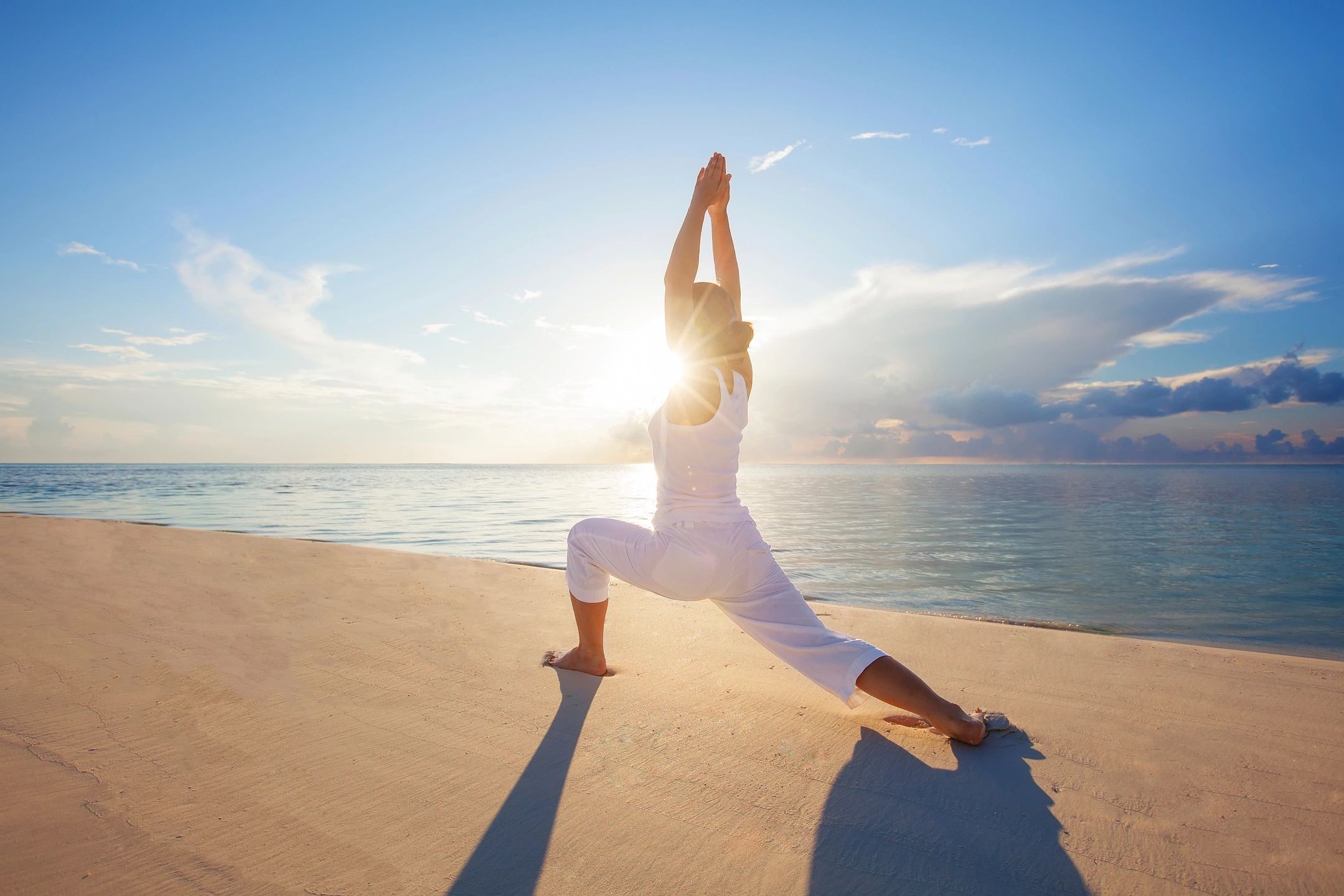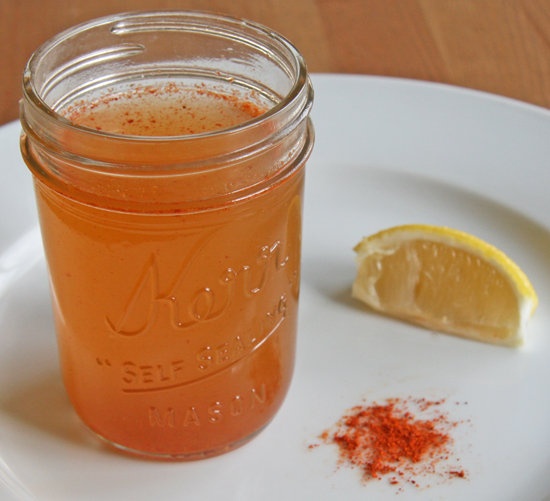A good stretch is something we all can use during these times of being at home, social distancing, etc. There are numerous benefits when it comes to stretches…and non are debated. So what makes a good stretch?
Elements of a Good Stretch
There are three factors to consider when determining the effectiveness of a particular stretching exercise:
- isolation
- leverage
- risk
Isolation
Ideally, a particular stretch should work only the muscles you are trying to stretch. Isolating the muscles worked by a given stretch means that you do not have to worry about having to overcome the resistance offered by more than one group of muscles.
In general, the fewer muscles you try to stretch at once, the better. For example, you are better off trying to stretch one hamstring at a time than both hamstrings at once. By isolating the muscle you are stretching, you experience resistance from fewer muscle groups, which gives you greater control over the stretch and allows you to more easily change its intensity.
As it turns out, the splits is not one of the best stretching exercises. Not only does it stretch several different muscle groups all at once, it also stretches them in both legs at once.
Leverage
Having leverage during a stretch means having sufficient control over how intense the stretch becomes, and how fast. If you have good leverage, not only are you better able to achieve the desired intensity of the stretch, but you do not need to apply as much force to your outstretched limb in order to effectively increase the intensity of the stretch. This gives you greater control.
The best stretches (those which are most effective) provide the greatest mechanical advantage over the stretched muscle. By using good leverage, it becomes easier to overcome the resistance of inflexible muscles (the same is true of isolation).
Many stretching exercises (good and bad) can be made easier and more effective simply by adjusting them to provide greater leverage.
Risk
Although a stretch may be very effective in terms of providing the athlete with ample leverage and isolation, the potential risk of injury from performing the stretch must be taken into consideration. Even an exercise offering great leverage and great isolation may still be a poor choice to perform.
Some exercises can simply cause too much stress to the joints (which may result in injury). They may involve rotations that strain tendons or ligaments, or put pressure on the disks of the back, or contain some other twist or turn that may cause injury to seemingly unrelated parts of the body.
Some Risky Stretches
The following stretches (many of which are commonly performed) are considered risky due to the fact that they have a very high risk of injury for the person that performs them.
This does not mean that these stretches should never be performed. However, great care should be used when attempting any of these stretches. Unless you are an advanced athlete or are being coached by a qualified instructor (such as a certified Yoga instructor, physical therapist, or professional trainer), you can probably do without them (or find alternative stretching exercises to perform).
When performed correctly with the aid of an instructor however, some of these stretches can be quite beneficial:
- The Yoga Plough
In this exercise, you lie down on your back and then try to sweep your legs up and over, trying to touch your knees to your ears. This position places excessive stress on the lower back, and on the discs of the spine. Not to mention the fact that it compresses the lungs and heart, and makes it very difficult to breathe. This particular exercise also stretches a region that is frequently flexed as a result of improper posture.
This stretch is a prime example of an exercise that is very easy to do incorrectly. However, with proper instruction and attention to body position and alignment, this stretch can be performed successfully with a minimal amount of risk and can actually improve spinal health and mobility.
- The Traditional Backbend
In this exercise, your back is maximally arched with the soles of your feet and the palms of your hands both flat on the floor, and your neck tilted back. This position squeezes (compresses) the spinal discs and pinches nerve fibers in your back.
- The Traditional Hurdler’s Stretch
This exercise has you sit on the ground with one leg straight in front of you, and with the other leg fully flexed (bent) behind you, as you lean back and stretch the quadricep of the flexed leg.
The two legged version of this stretch is even worse for you, and involves fully bending both legs behind you on either side. The reason this stretch is harmful is that it stretches the medial ligaments of the knee (remember, stretching ligaments and tendons is bad) and crushes the meniscus.
It can also result in slipping of the knee cap from being twisted and compressed.
- Straight-Legged Toe Touches
In this stretch, your legs are straight (either together or spread apart) and your back is bent over while you attempt to touch your toes or the floor. If you do not have the ability to support much of your weight with your hands when performing this exercise, your knees are likely to hyperextend.
This position can also place a great deal of pressure on the vertebrae of the lower lumbar. Furthermore, if you choose to have your legs spread apart, it places more stress on the knees, which can sometimes result in permanent deformity.
- Torso Twists
Performing sudden, intense twists of the torso, especially with weights, while in an upright (erect) position can tear tissue (by exceeding the momentum absorbing capacity of the stretched tissues) and can strain the ligaments of the knee.
- Inverted Stretches
This is any stretch where you “hang upside down”. Staying inverted for too long increases your blood pressure and may even rupture blood vessels (particularly in the eyes). Inverted positions are especially discouraged for anyone with spinal problems.
Duration, Counting, and Repetition
A number of people like to count (either out loud or to themselves) while they stretch. While counting during a stretch is not, by itself, particularly important … what is important is the setting of a definite goal for each stretching exercise performed. Counting during a stretch helps many people achieve this goal.
Passive stretches should be performed for 10-20 seconds at a time, in sets of 2-5 repetitions with a 15-30 second rest in between each stretch. If the goal of stretching is to increase flexibility rather than warm-up or cool-down (although you must still be warmed-up to perform them), a stretch can be held for up to one minute at a time.
Breathing During Stretching
Proper breathing control is important for a successful stretch. Proper breathing helps to relax the body, increases blood flow throughout the body, and helps to mechanically remove lactic acid and other by-products of exercise. You should be taking slow, relaxed breaths when you stretch, trying to exhale as the muscle is stretching.
Some even recommend increasing the intensity of the stretch only while exhaling, holding the stretch in its current position at all other times (this doesn’t apply to isometric stretching).
The proper way to breathe is to inhale slowly through the nose, expanding the abdomen (not the chest); hold the breath a moment; then exhale slowly through the nose or mouth. Inhaling through the nose has several purposes including cleaning the air and insuring proper temperature and humidity for oxygen transfer into the lungs. The breath should be natural and the diaphragm and abdomen should remain soft. There should be no force of the breath.
Some experts seem to prefer exhaling through the nose (as opposed to through the mouth) saying that exhaling through the mouth causes depression on the heart and that problems will ensue over the long term.
When to Stretch
The best time to stretch is when your muscles are warmed up. If they are not already warm before you wish to stretch, then you need to warm them up yourself, usually by performing some type of brief aerobic activity.
Obviously, stretching is an important part of warming-up before, and cooling-down after a workout. If the weather is very cold, or if you are feeling very stiff, then you need to take extra care to warm-up before you stretch in order to reduce the risk of injuring yourself.
Many of us have our own internal body-clock, or circadian rhythm as, it is more formally called: Some of us are “early morning people” while others consider themselves to be “late-nighters”. Being aware of your circadian rhythm should help you decide when it is best for you to stretch (or perform any other type of activity). Most people are more flexible in the afternoon than in the morning, peaking from about 2:30pm-4pm.
Early-Morning Stretching
If you need (or want) to perform movements requiring considerable flexibility with (little or) no warm-up, you ought to make early morning stretching a part of your routine.”
In order to do this properly, you need to first perform a general warm-up. You should then begin your early morning stretching by first performing some static stretches, followed by some light dynamic stretches. Basically, your early morning stretching regimen should be almost identical to a complete warm-up.
Stretching With a Partner
When done properly, stretches performed with the assistance of a partner can be more effective than stretches performed without a partner. This is especially true of isometric stretches and PNF stretches. The problem with using a partner, however, is that the partner does not feel what you feel, and thus cannot respond as quickly to any discomfort that might prompt you to immediately reduce the intensity (or some other aspect) of the stretch. This can greatly increase your risk of injury while performing a particular exercise.
If you do choose to stretch with a partner, make sure that it is someone you trust to pay close attention to you while you stretch, and to act appropriately when you signal that you are feeling pain or discomfort.

Subscribe To Our VIP Newsletter
Join our VIP mailing list to receive additional content that goes even deeper into the latest news and updates from our team as well as our wellness partners.




















